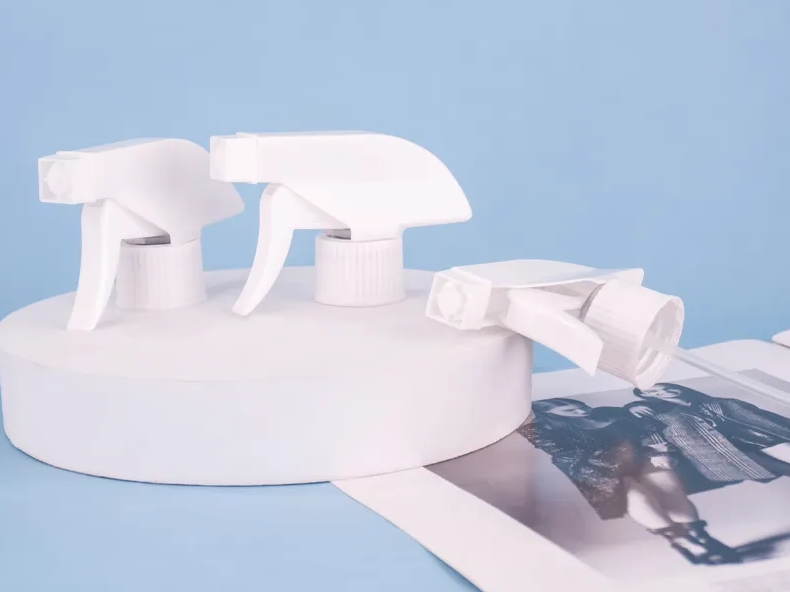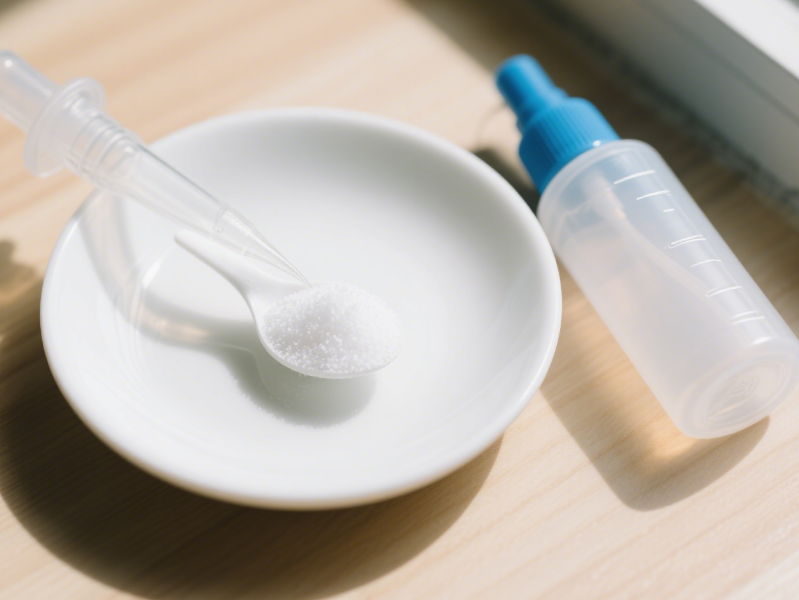Views: 28 Author: Site Editor Publish Time: 2025-09-22 Origin: Site












A clogged spray bottle nozzle can turn a handy tool into a frustrating hassle—whether it’s a travel pocket spray bottle for on-the-go skincare, a fine mist bottle for daily facial hydration. Instead of tossing the bottle away, most clogs can be fixed with simple, household items and easy steps. This article breaks down practical solutions, from quick emergency fixes to deep cleaning methods, ensuring your spray bottles regain smooth, even mist output.
When you need to unclog a nozzle in a hurry, these fast methods work for most minor clogs:
Tools Needed: A toothpick, safety pin (with rounded tip), or a small soft-bristle brush (like a baby toothbrush).
Steps:
Remove the nozzle from the spray bottle (twist gently to avoid breaking).
Inspect the tiny mist hole (0.2-0.5mm) for visible debris or dried residue.
Use the toothpick or safety pin to gently poke the hole—avoid applying too much pressure, as this can widen the hole and ruin the mist pattern.
For loose residue, brush the nozzle surface with the soft brush to wipe away dried liquid.
Reattach the nozzle and test the spray—most minor clogs (e.g., dried facial mist in a fine mist bottle) will clear up.
Best For: Water-based residue (e.g., dried toner in a travel pocket spray bottle or plant mist).
Steps:
Hold the clogged nozzle under running hot water (not boiling—too hot can damage plastic nozzles) for 30 seconds. The heat softens dried residue.
While rinsing, press the nozzle’s pump (if attached to the bottle) 5-6 times to force water through the internal tubes, flushing out loose debris.
Dry the nozzle with a clean cloth and reattach—this method works quickly for clogs from non-oily, water-based liquids.
For tough clogs (e.g., dried oil residues, mineral deposits, or old cleaning solution buildup), a deeper clean is needed. These methods work for both plastic and glass spray bottles:
Why It Works: White vinegar is acidic, which dissolves mineral deposits (from hard water) and breaks down dried water-based residues (e.g., facial mist, plant mist).
Steps:
Remove the nozzle and pump from the bottle (if detachable). For a fine mist bottle with a built-in pump, fill the bottle 1/3 full with white vinegar.
If the nozzle is detachable, soak it in a small bowl of white vinegar for 15-30 minutes. For built-in pumps, let the vinegar sit in the bottle for 30 minutes—this cleans both the nozzle and internal pump.
After soaking, use a toothpick to gently clear any remaining debris from the nozzle hole.
Rinse the nozzle/pump with clean water thoroughly (to remove vinegar smell) and reattach. Test the spray—mineral-based clogs (common in travel pocket spray bottle used with tap water) will be gone.
Why It Works: Rubbing alcohol (70% concentration) dissolves oil-based residues, such as those from essential oils, perfumes, or oily skincare products (common in fine mist bottle or travel pocket spray bottle used for aromatherapy).
Steps:
Detach the nozzle and pump (if possible). If not, fill the bottle with 1/3 rubbing alcohol.
Soak the detachable nozzle in rubbing alcohol for 10-15 minutes. For built-in pumps, let the alcohol sit for 20 minutes—alcohol breaks down oil without damaging plastic or glass.
Use a soft brush to scrub the nozzle’s surface and hole, then press the pump (if attached to the bottle) to flush alcohol through the internal tubes.
Rinse with clean water and dry—this method eliminates sticky oil clogs that hot water or vinegar can’t remove.
Why It Works: Baking soda is a mild abrasive that removes tough, stuck-on residues (e.g., dried cleaning solutions, creamy product bits) without scratching the nozzle.
Steps:
Mix 1 teaspoon of baking soda with a few drops of water to make a thick paste.
Apply the paste to the nozzle’s hole and surface, then let it sit for 10 minutes.
Use a soft brush to gently scrub the nozzle, working the paste into the hole to loosen debris.
Rinse the nozzle thoroughly with warm water and reattach—this is great for clogs in spray bottles used for cleaning solutions or thick skincare products.

Different spray bottle materials (plastic vs. glass) need slight adjustments to avoid damage during unclogging:
Avoid Boiling Water: Plastic can warp or melt with high heat, so use only hot (not boiling) water for rinsing.
Gentle Scrubbing: Use a soft brush (not a steel wool pad) to avoid scratching the plastic nozzle—scratches trap more residue, leading to future clogs.
Limit Alcohol Soak Time: While alcohol is safe for plastic, don’t soak plastic nozzles for more than 20 minutes—prolonged exposure can make plastic brittle.
Dry Metal Pumps Thoroughly: Many glass fine mist bottles have metal pumps. After cleaning with water or vinegar, dry the metal parts with a clean cloth to prevent rust (rust particles can cause new clogs).
Avoid Abrasive Tools: Glass nozzles (if any) are fragile—use a toothpick with a rounded tip instead of a sharp tool to avoid cracking the nozzle.
Vinegar is Safe: Unlike some plastics, glass won’t react with vinegar, so you can soak glass bottles and nozzles for longer (up to 1 hour) for extra tough clogs.
Once you’ve fixed the clog, these simple habits will keep your spray bottle nozzles clear—saving you time and extending the life of your travel pocket spray bottle, fine mist bottle, and other sprayers:
Wipe the Nozzle After Each Use: Use a damp cloth to wipe the nozzle’s surface after using the spray bottle—this prevents liquid from drying and hardening.
Clean Between Refills: Always clean the bottle and nozzle before refilling with a new liquid (e.g., switching from cleaning solution to facial mist in a travel pocket spray bottle). This avoids cross-contamination and residue mixing.
Store Properly: Keep spray bottles upright (to prevent liquid from seeping into the pump) and empty the nozzle before long-term storage (e.g., a seasonal travel pocket spray bottle). To empty the nozzle, press the pump until no liquid comes out—this dries the nozzle and prevents clogging.
Use Compatible Liquids: Don’t put thick, particulate, or incompatible liquids in your spray bottle. For example, avoid thick lotions in a fine mist bottle and use distilled water (not tap) in a travel pocket spray bottle to reduce mineral deposits.
A clogged spray bottle nozzle doesn’t mean the bottle is useless. Quick fixes like manual debris removal or hot water rinses handle minor clogs, while deep cleaning with vinegar, alcohol, or baking soda tackles tough residues. By adjusting methods for plastic and glass bottles and following preventive habits, you can keep your spray bottles working smoothly.Of course, when your spray bottle cannot be unblocked by these methods, you can buy a cost-effective spray bottle to reduce the probability of nozzle clogging. Our company provides high-quality spray bottle products. You can visit our website:https://www.packsubir.com to buy the products you want.Please contact us by 0086-574-88390029 or samuel@subircosmetics.com when you have any questions.